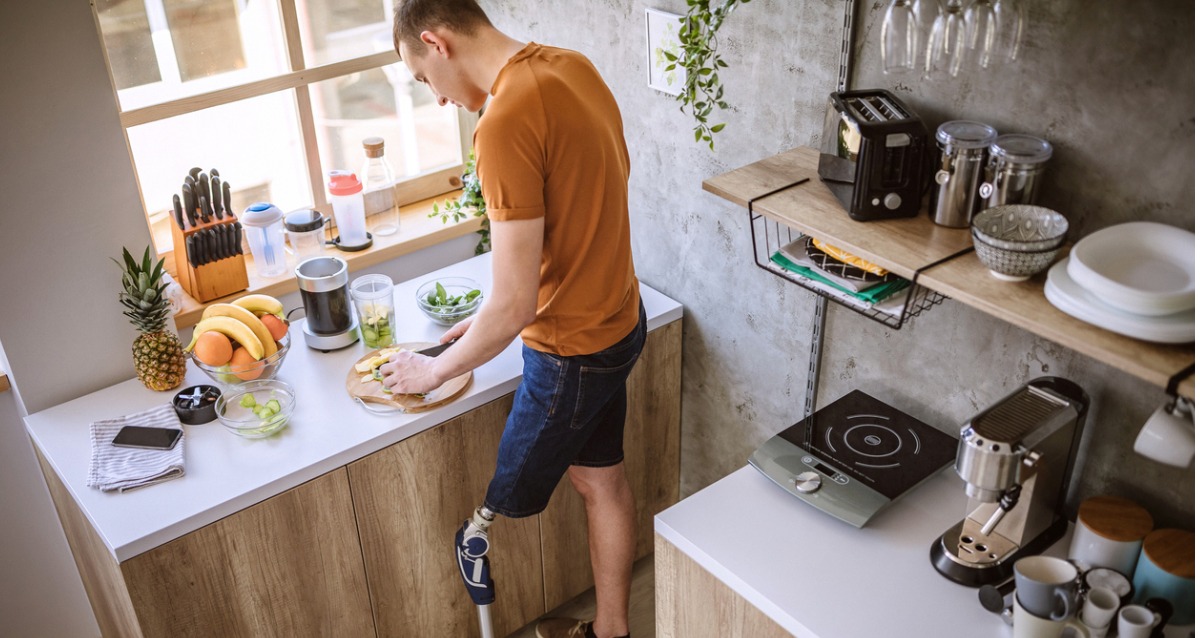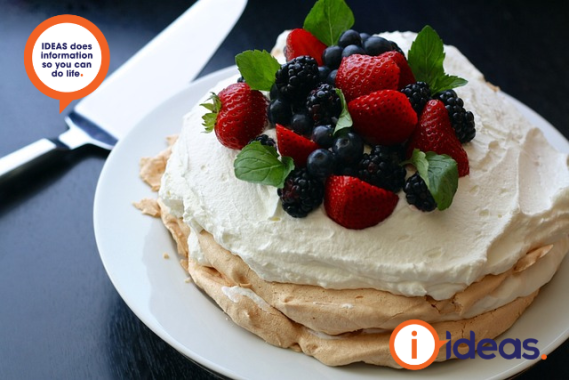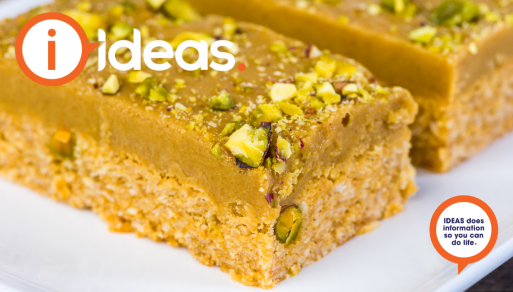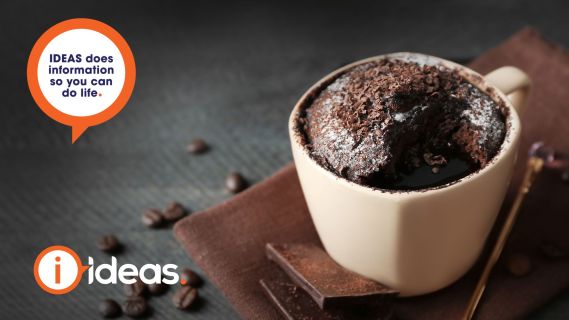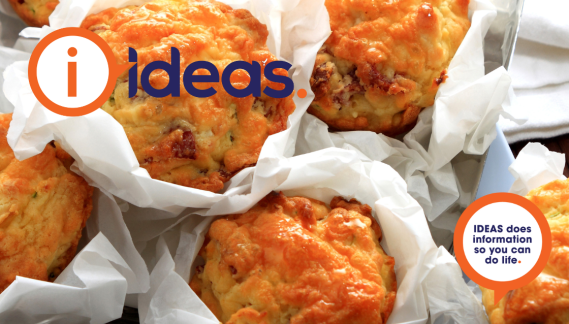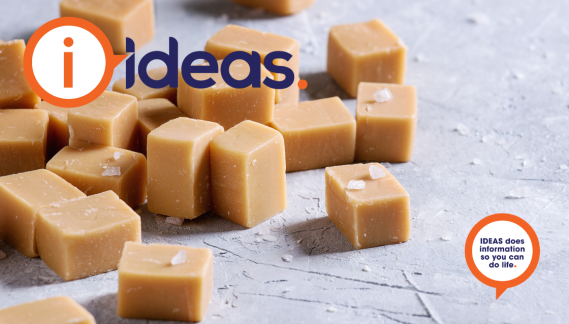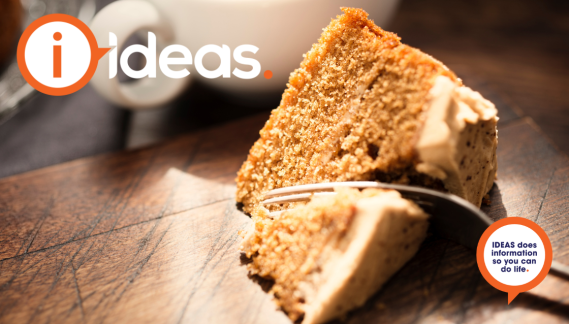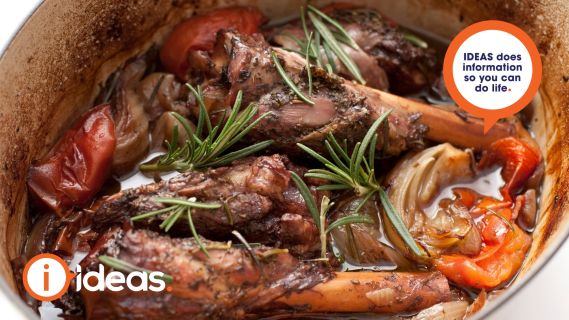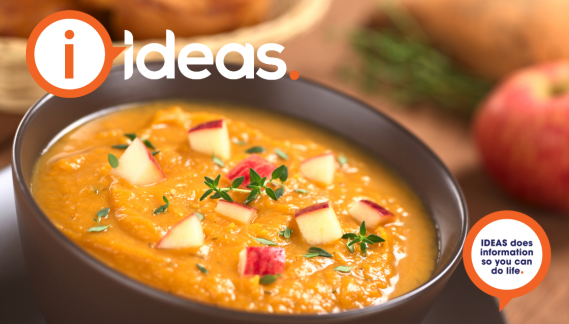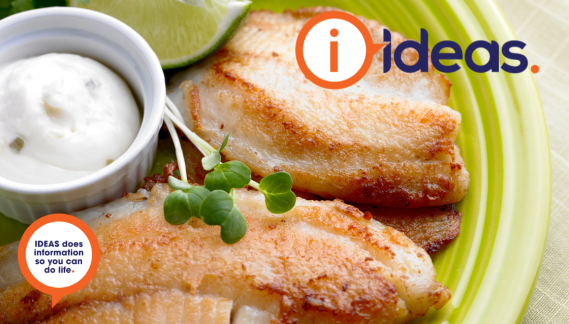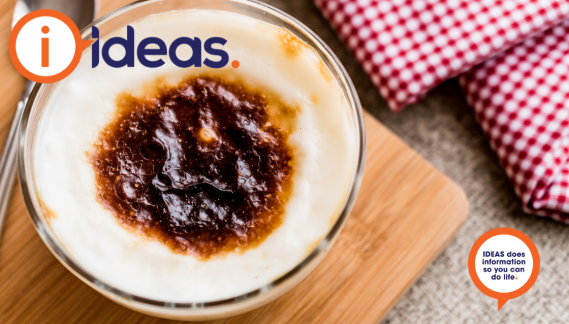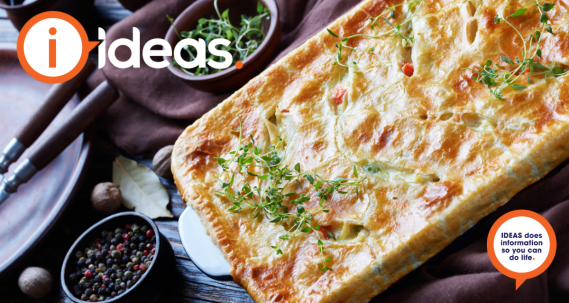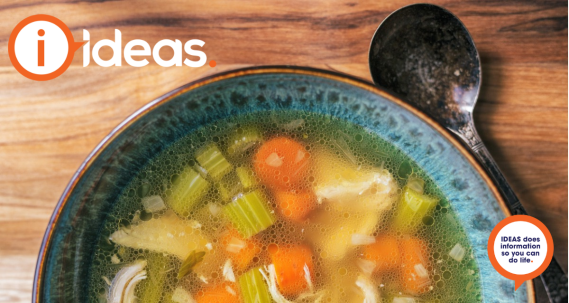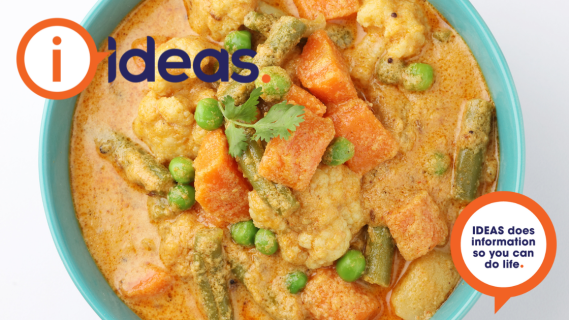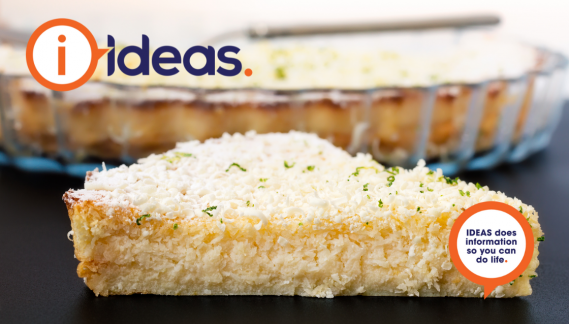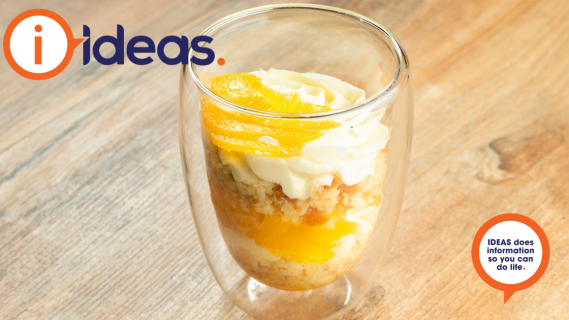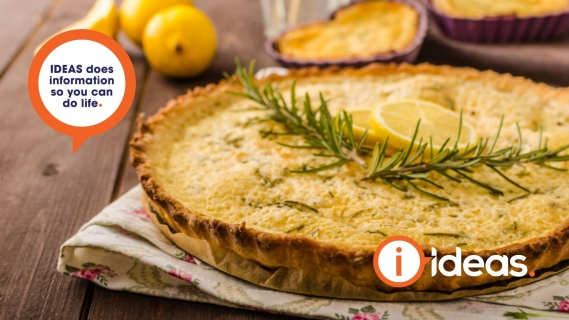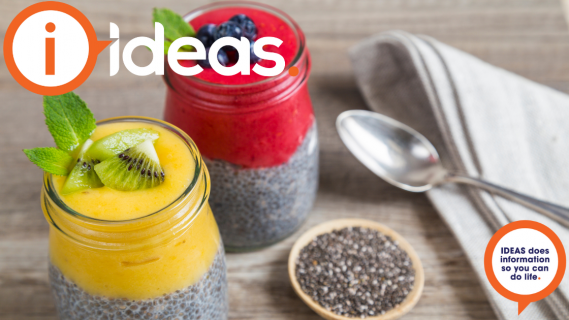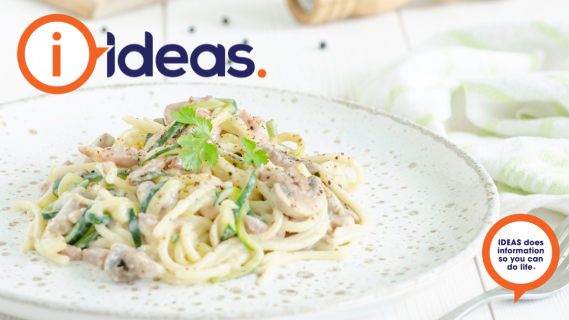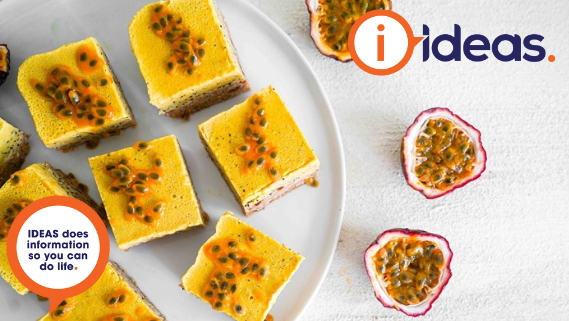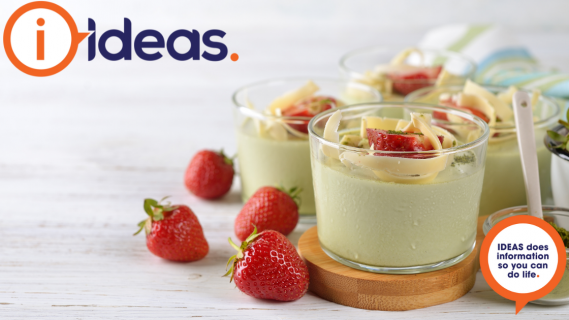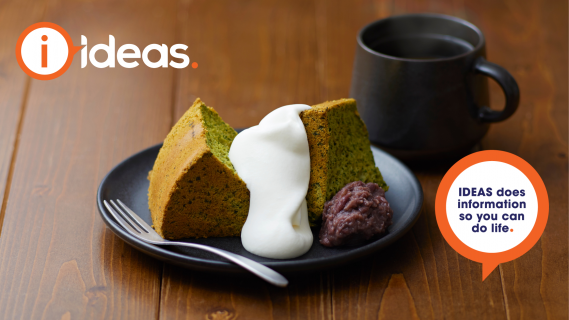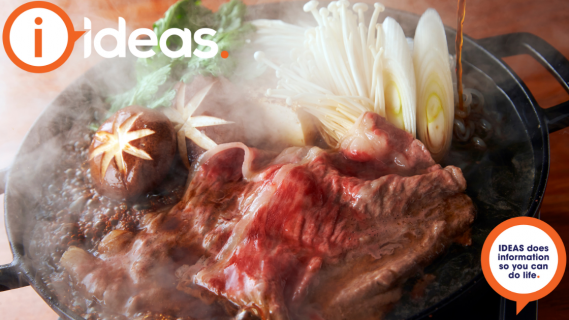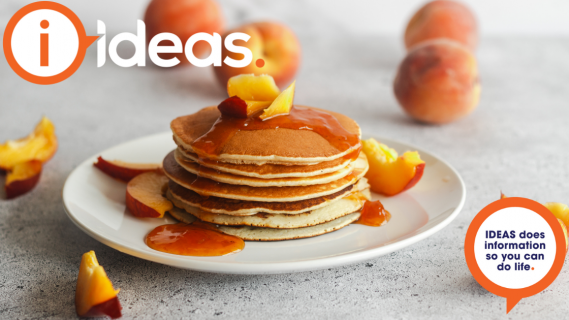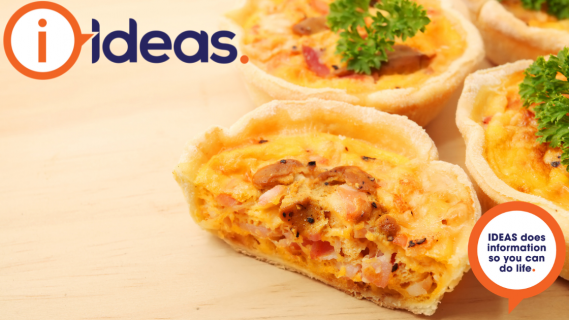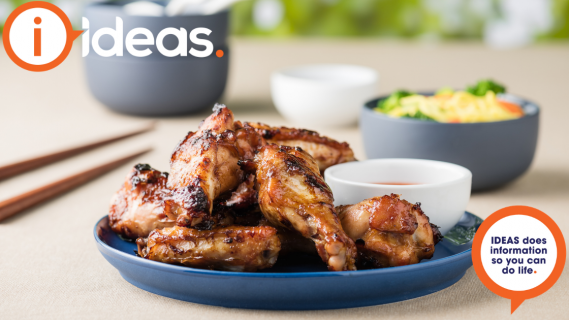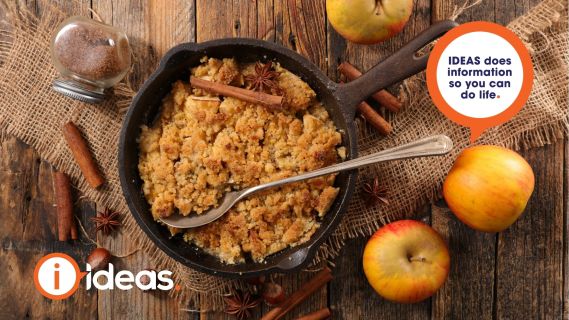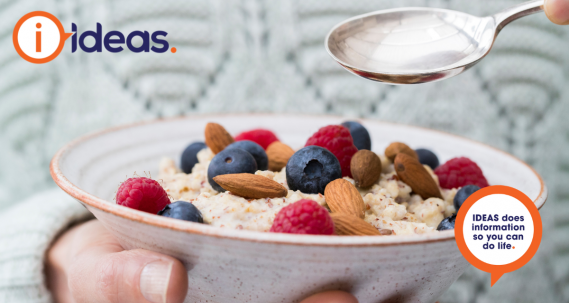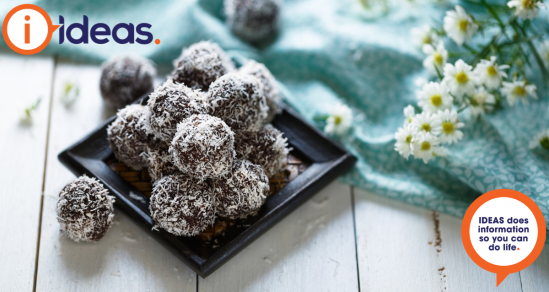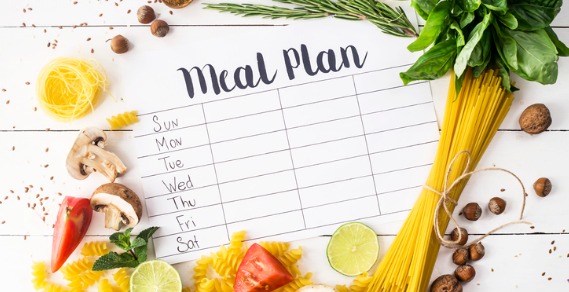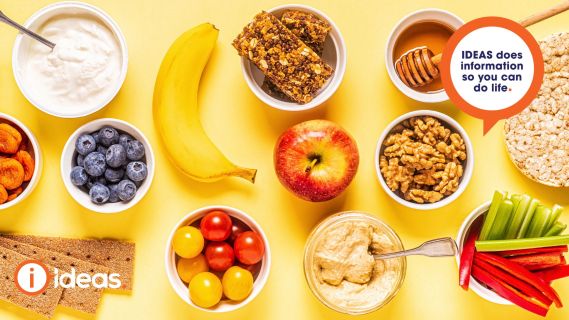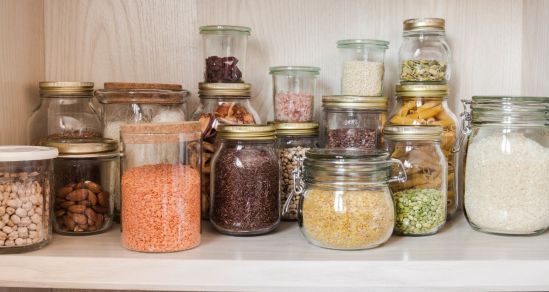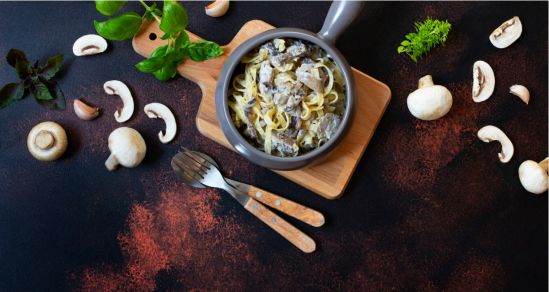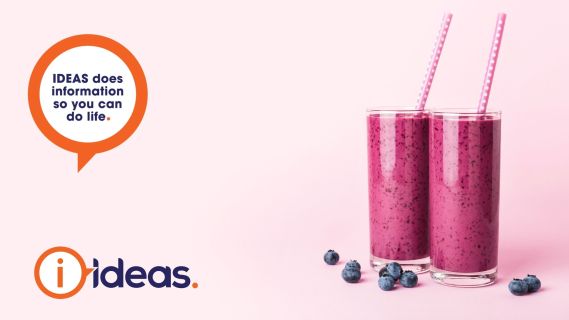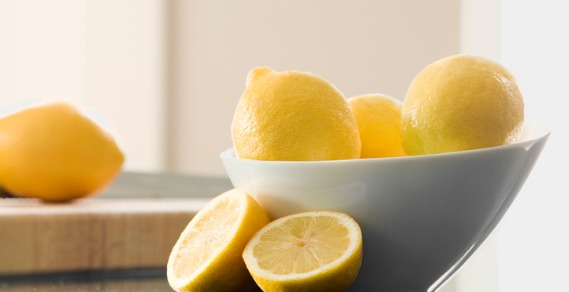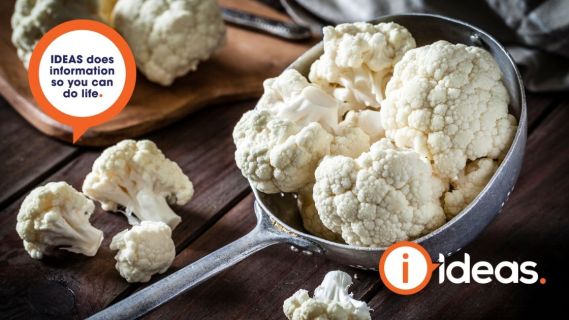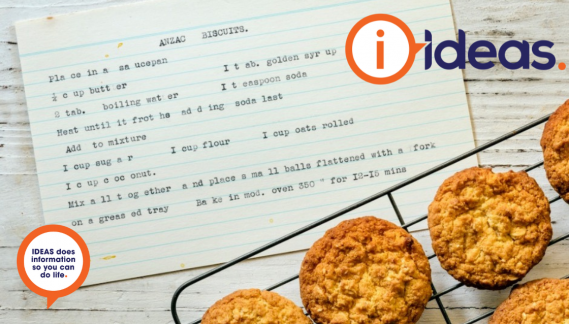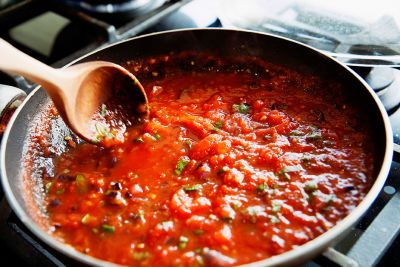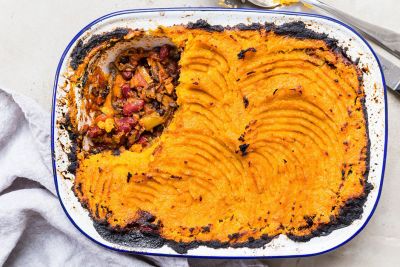According to Foodbank, Australian households throw away 2.5 million tonnes of edible food each year. That equals nearly 300 kilograms per person of food waste! We have some great ideas to get the most from your food, make your meals go further, and save your coins too.
One of the first items of fresh food that goes to waste is vegetables. This is because they have such a short life span when it comes to freshness.
If the vegetables in your crisper are looking a little past their best, there are ways to still use them. Providing they are still fit for human consumption. If the vegetable is spongy, wet, slimy, mouldy, discoloured, or has an unpleasant smell, it’s time to throw it away. (To chickens or the compost if you can). If it’s limp, wilted or a little softer than usual then while it may be past its best, it is still useable. We have some suggestions on how you can make the most of your buy.
1. Roasted Vegetables
Roasted vegetables will freeze well. For example, hard vegetables like Beetroot, Pumpkin, Carrot, Potato, Sweet Potato, Turnips and Taro/Yam. Zucchini and eggplant also roast well. If you have a garden, make the most of a large crop by roasting some and freeze for later use.
Warm them up as a side dish. Or if you are feeling like a little something more -
If you have a majority of potatoes, use as a Bubble and Squeak (Fried mash). Melt butter in a pan and add the cooked vegetables, season with salt and pepper and mash everything in the pan. Make into a smooth layer, and let cook for a few minutes till the underneath turns a little golden and crispy. Fold those crispy portions back into the mash and flatten and repeat for about 15 minutes. Flip it with a spatula and crisp the underside. While you can use roasted vegetables, leftover steamed or boiled vegetables work too. You can add cooked shredded meat too.
A lovely way to use roasted vegetables is with Couscous. After roasting vegetables with a little olive oil and sea salt, let them cool. To make couscous, use 230 g of instant couscous, 30 g butter add 1 cup of hot vegetable stock. Put the couscous and butter in a bowl, pour in the stock and leave it for 5 minutes to absorb the liquid. Fluff with a fork to separate the grains. Pile the couscous on a plate and add the roasted vegetables to the top.
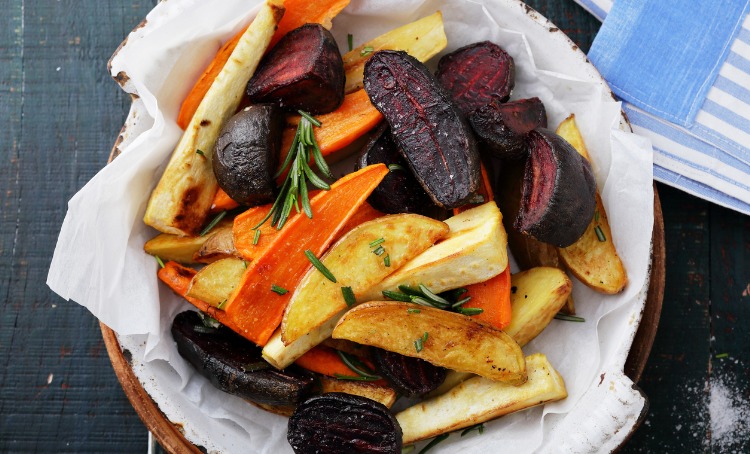
2. A simple soup
Use mixed vegetables, cut into chunks. (Try celery, carrot, pumpkin, potato, parsnip, sweet potato, for example.)
Add a little stock powder, some broken spaghetti, even some chilli if you like it hot. Season with salt and pepper. Cover with water and cook in a slower cooker for about 6 hours, or on the stovetop till vegetables are just soft. Suggested vegetables are – potato, sweet potato, pumpkin, celery, turnip, carrot, parsnip. Throw in some tinned cream corn for extra thickness, or tinned tomato if you prefer a tomato-y soup base. If you would like to save the soup to freeze. Let it cool, and once cool, pour into containers and freeze, leaving room for expansion.
3. Juice them up
If your vegetables (such as celery, carrots, cucumber or spinach) are looking a little limp, they are still useful in juices or blends. Read some juice recipes in Blend it up.
4. Pasta bake
Fresh, frozen, par-boiled, and even the vegetables a little on the way out, make a great addition to pasta bakes.
Tomato-based bakes you can fill with vegetables. Try vegetables like broccoli, cauliflower, zucchini, corn, beans, and mushrooms for example. Sprinkle with cheese before baking in the oven.
For cheesy-based, the types of vegetables that go well with these include spinach, leek, pea, asparagus, cauliflower, and mushrooms.
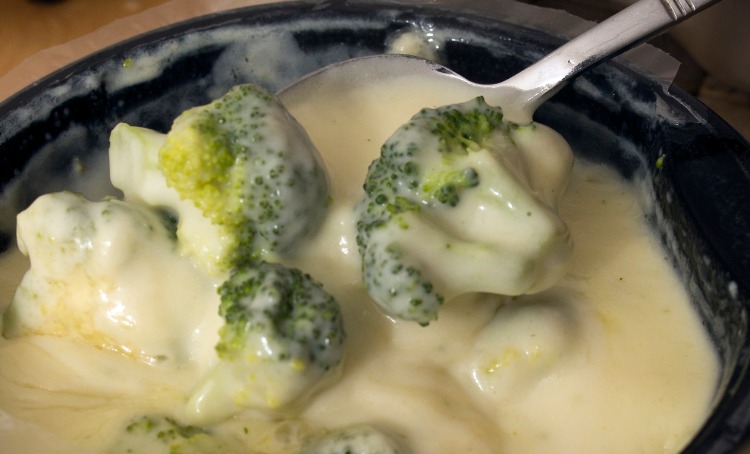
5. Vegetable Pastry
Make up a savoury lunch pastry. In a bowl, combine grated vegetables like onion, tomato, carrot, zucchini, or whole corn kernels. Green apple is a nice addition too. Add some grated cheese. Take sheets of shortcrust pastry. Fill one side with the vegetables, leaving room to turn the edges over to meet each other. Use a fork to lightly beat an egg. Fold the pastry into a parcel, crimp edges with a fork to seal, and brush with the egg. Sprinkle with poppy seeds, or sesame seeds and bake in a moderate oven for 25 minutes. Add a dash of tomato sauce or chutney to serve. These are also easy for school lunches if you make the pastries into smaller sizes.
6. Casseroles
Casseroles are another way to disguise vegetables. Even better if you use a slow cooker and come home to a ready-cooked meal. In the morning add diced meat, (or sausages) vegetables of your choice cut into large chunks, enough stock to cover. You could also use a tin of tomato soup at this point. For extra flavour, you can add about a tablespoon of any 1 of the following
- gravy powder
- tomato sauce
- mustard (you might choose to use less than 1 tablespoon)
- Worcestershire sauce
- brown sauce
- chutney
- or similar condiments
and cook in the slow cooker for about 8 hours.
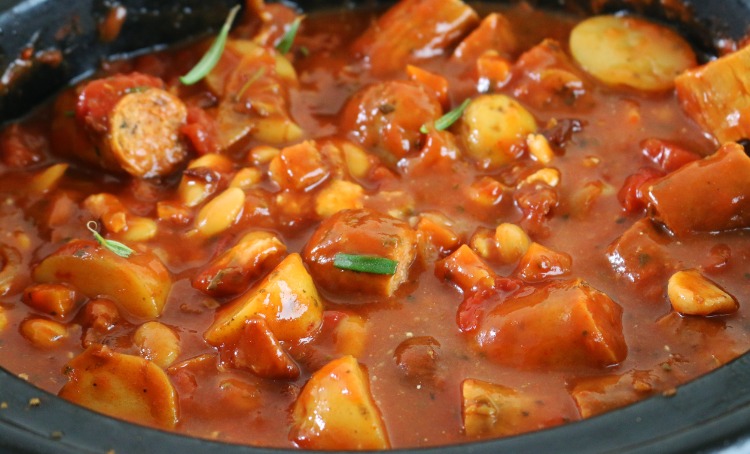
If you are a gardener, and a fan of chutneys, preserves or pickles. This is another way, with a little more work involved, you can grow and preserve food too.
Talk to your support workers, carers, and ask for their ideas too. Your Disability Support Provider may be able to organise a talk on food waste and budgeting to get the most of your food. If you have classes through Care and Support, or Life Skills, or other related NDIS supports, this is a topic you might like to suggest to learn about.
A series of our budget-friendly recipes appear in Money Matters.

